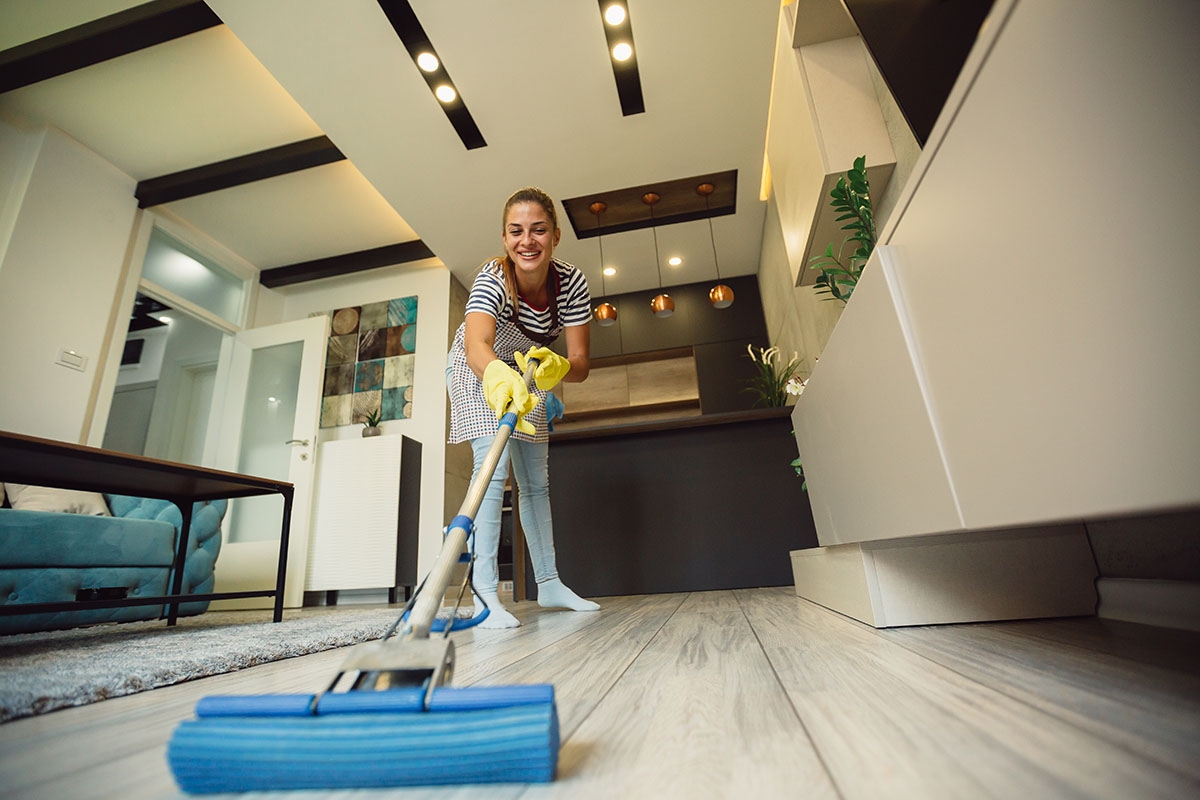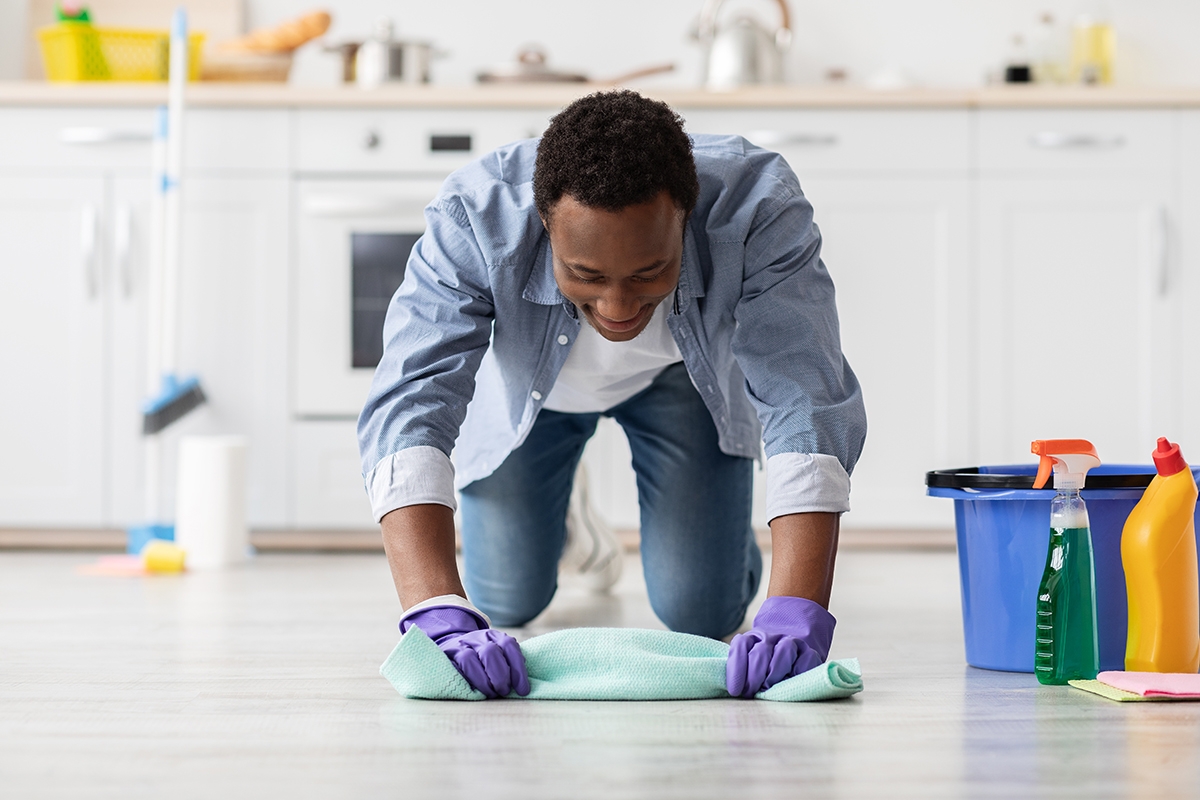Cleaning Floors it's a Big Contribution to have a Healthy Indoor Environment
What professionals in the Jan-San industry need to know about cleaning, sanitizing, and disinfecting in this pandemic and beyond
The actual times that we're living around COVID-19 have created many questions about how to maintain healthier and cleaner indoor environments.
While this disease is still in study, The Jan-San companies are being asked to improve their cleaning, sanitizing, and disinfection services for businesses, and other facilities. But cleaning floors has been one of the most important things and for being able to get the desired results for this process, the following steps are highly recommended.
Floors are high touch, too
One surface that is often overlooked, is flooring. Floors are constantly overlooked even though they are the largest hub for contaminants. Therefore, contaminants do not remain only on the floors—they are tracked throughout facilities on shoes and socks and are spread by purses, backpacks, and pets. Then: floors, are high-touch surfaces and need to be included in routine cleaning in the same way as disinfection and sanitizing protocols.

Use the correct products
Knowing the type of floor being cleaned is essential; applying the wrong product could damage the flooring materials and finishes. Knowing the needed process is very important. Sanitization and disinfection are distinct processes and require a different application of products depending on the types of materials.
Precleaning is a crucial first step that removes the soil and other residues that are between the disinfectant and the organisms it targets. Sanitizing products, on the other hand, are intended to be used on porous and semi-porous surfaces such as wood, carpet, and other textiles.
One of the most important aspects of using any product is reading and following the manufacturer’s directions on the label. The label will list approved surfaces as well as the proper concentration and dwell time. It will also identify which organisms the product has been tested against. Not all disinfecting products are created equal, and not all will be able to kill or inactivate the target organisms present. In other words, if the coronavirus is not listed as a target organism, the product cannot claim to eliminate it.
Use products correctly.
Cleaning professionals must also follow the concentration and dwell time stated on the label. We in the industry tend to believe that “more is better,” which is incorrect. Using products in a form that’s more concentrated or diluted than what is outlined on the label compromises the efficacy of the product.
Follow proper guidelines.
In its best practices for environmental cleaning in health care facilities, the U.S. Centers for Disease Control and Prevention (CDC) provides some cleaning guidelines specifically for floors:
Clean the floors last, after all other environmental surfaces
Clean the floors at least once daily (per 24-hour period) or as often as specified
Always clean by starting at the cleanest areas and working toward the dirtiest areas
Always clean at a point farthest from the exit, moving toward the exit
If using a mop system, use separate cleaning and rinse buckets
Change mops and buckets of cleaning solutions as often as needed—when they are visibly soiled or after each room or area
Always use signage to convey slip-and-fall hazards.
The cost of doing these projects incorrectly could have bad consequences on health and liability.
The impact of Coronavirus on the Jan-San industry will still be hitting us for years to come. Floors and other highly visible areas have always set the bar for cleanliness within a building, and now they also can assure customers of a healthy indoor environment.
Source: CMM Online, Center for Disease Control and Prevention (CDC)

